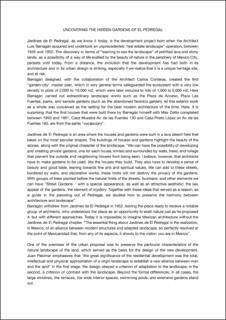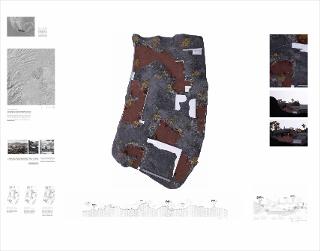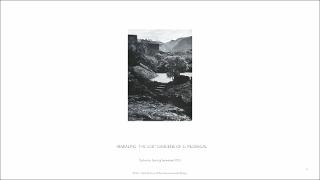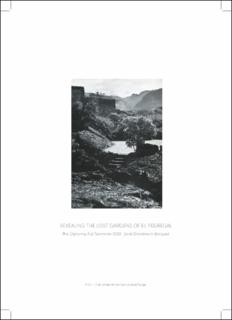| dc.description | A volcano called Xitle erupted 2,500 years ago. This volcano is part of a mountain range of more than 200 small volcanoes that make up the Mexican volcanic belt. The spill covered a relatively low kidney-shaped area, a total of almost 8,000 Ha. Today is known as El Pedregal.
Jardines de El Pedregal, is the development project born when the Architect Luis Barragán acquired and undertook an unprecedented “real estate landscape” operation, between 1945 and 1952. The discovery in terms of “learning to see the landscape” of petrified lava and stony lands, as a possibility of a way of life exalted by the beauty of nature in the periphery of Mexico City.
Jardines de El Pedregal is an area where the houses and gardens were built in a lava desert field that takes on the most peculiar shapes. The buildings of houses and gardens highlight the beauty of the stones, along with the original character of the landscape. Here Barragán carried out extraordinary landscape works such as the Plaza de Acceso, Plaza Las Fuentes, parks, and sample gardens
El Pedregal has suffered rapid and destructive urban growth during the last 50 years, and the preservation of the last remains of fauna and flora that is endemic to this region and unique in the world strongly relies on the conservation of the Xitle lavas, whose elevated diversity in morphology and vesicularity creates a wide range of microhabitats that host a considerable number of species.
The sample plot or sample garden, although designed as a public space, was planned as a model for the development of private space. They were to illustrate Barragán’s idea of correct construction on site, promoting a kind of “harmony” between architecture and landscape. Currently, the plot of the sample gardens is completely covered by houses, without any trace of what they once were. I intend to uncover the gardens, shown and thus expose knowledge and sensibility toward the geological and modernist heritage of Mexican history. | en_US |



